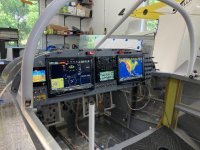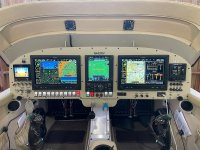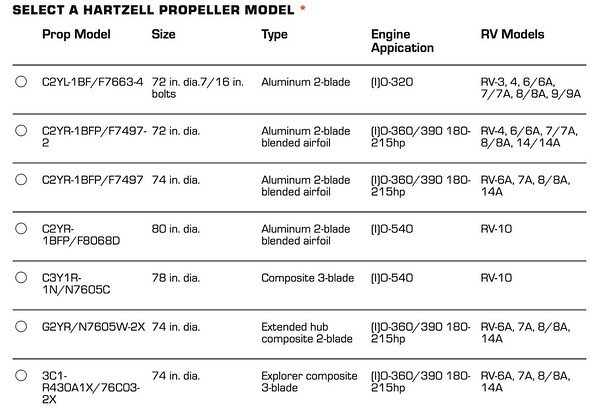wirejock
Well Known Member
Help
It can be quite the sensory overload.
I'm very close to finishing and helped a couple 14 builders along the way. I'm no expert, but I may be able to answer some basic questions or at least point you where to look. I try to answer quickly because I know what it feels like to sit waiting. Feel free to e-mail (below). I'll pass along my cell #.
By the way, P-mags are manufactured by E-mag. Basically it's a mag with electronic ignition benefits. Auto plugs and wiring. Lyco offers them as an option now.
Thanks for that suggestion. I just read that article by Lisa. The only time I really get frustrated now that I'm retired is when I watch the news. Actually, that's more depressing than frustrating.
My big challenge right now is learning about building this airplane. There is SO MUCH to learn. Right now I'm working just on engine ordering options. Should be simple, right? Just check a couple boxes, right? Nope! Which propeller do I want? Are Hartzells better than MT? Composite or aluminum? 72" or 74"? Which ignition should I get? What's the difference between Emag and PMag? Do I want the optional accessory plate so I can install a backup alternator?
Of course, this leads to dozens of other questions. Do I need a backup alternator? Will backup batteries work instead? Does this even matter since I'm a VFR pilot? Am I going to get my IFR rating? Should I equip the plane for IFR just in case? What avionics will I need for IFR flight? I could ask another 50 questions JUST TO FIGURE OUT HOW TO ORDER THE ENGINE!! I've already spent several days on this topic alone and I have several more days to go. I'll probably put in 50 hours of research before I know enough to check two boxes on the engine order form.
And again, I'm starting from scratch. All I've ever done is rented 172's. I know ZERO about all this stuff and I don't know any other pilots so it's 100% up to me to figure all this out.
After reading this post you may think I'm about ready to throw in the towel before I even start! But, I'm not getting discouraged! I see this project as a good challenge and I need challenges at this point in my life. Retirement has been great but a little too easy. When I feel like I'm getting overwhelmed by the snowball effect these decisions typically follow I just remind myself - if others can do it, I can do it.
Now where was that excellent post I read here a few weeks ago about the differences between ignition systems....
It can be quite the sensory overload.
I'm very close to finishing and helped a couple 14 builders along the way. I'm no expert, but I may be able to answer some basic questions or at least point you where to look. I try to answer quickly because I know what it feels like to sit waiting. Feel free to e-mail (below). I'll pass along my cell #.
By the way, P-mags are manufactured by E-mag. Basically it's a mag with electronic ignition benefits. Auto plugs and wiring. Lyco offers them as an option now.







